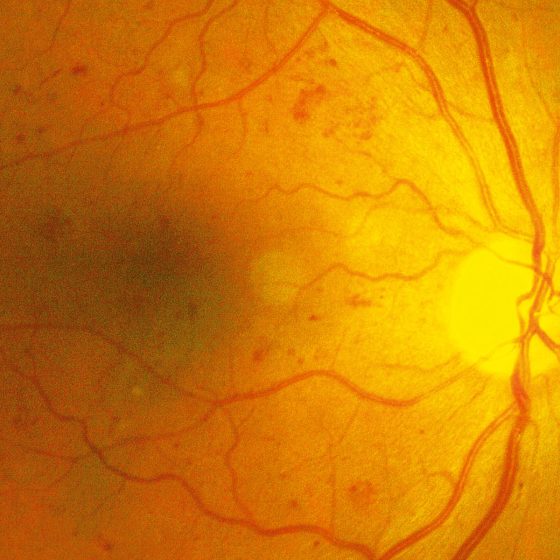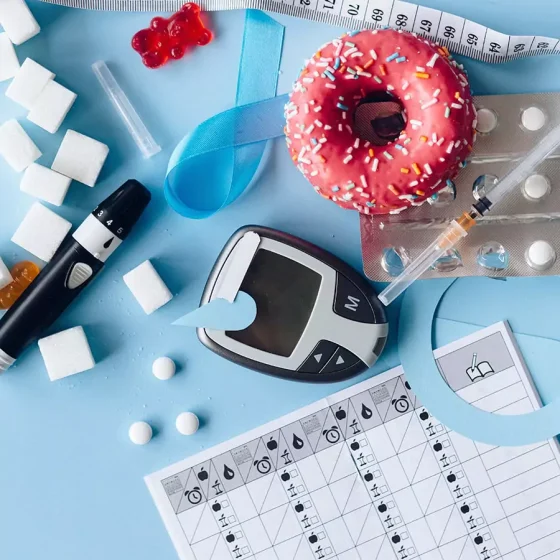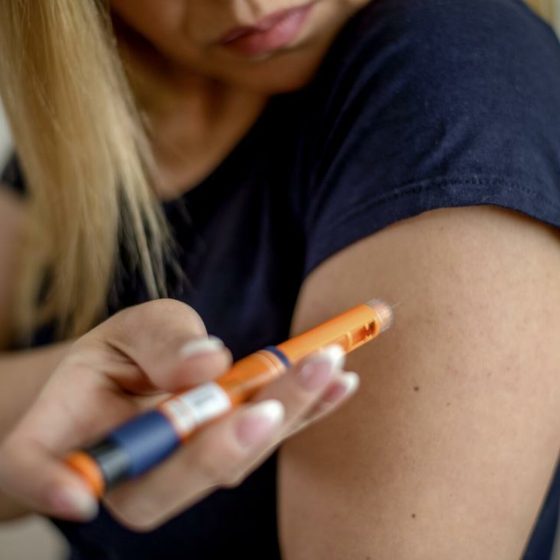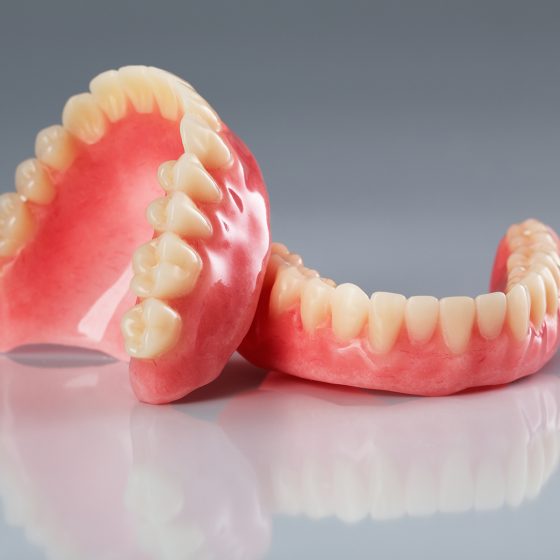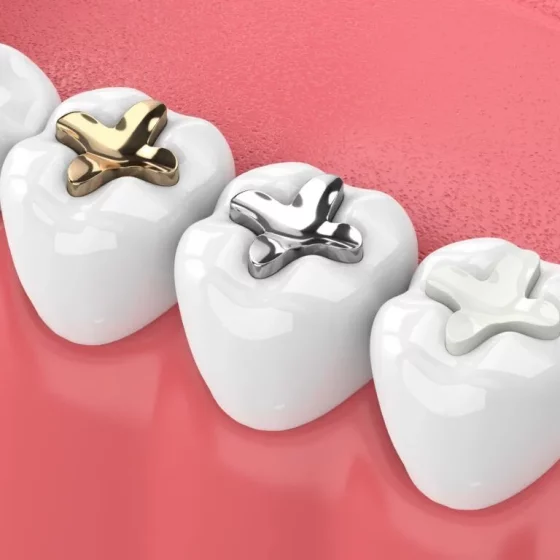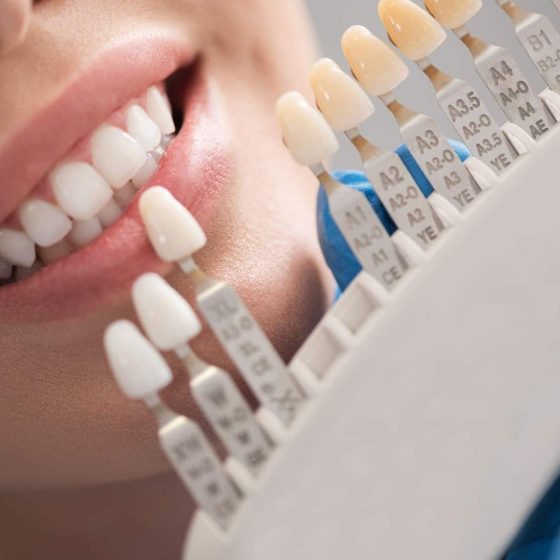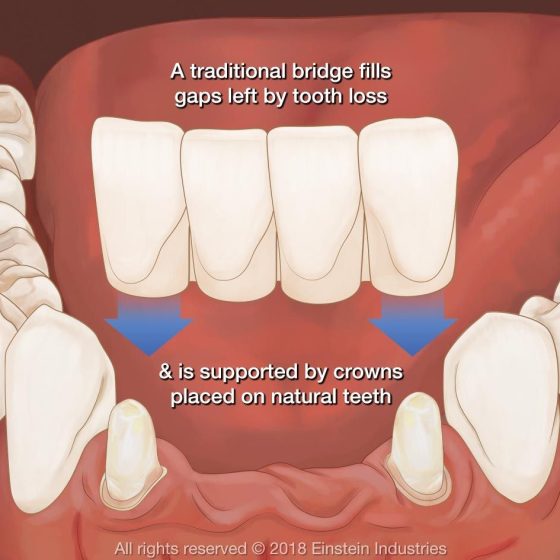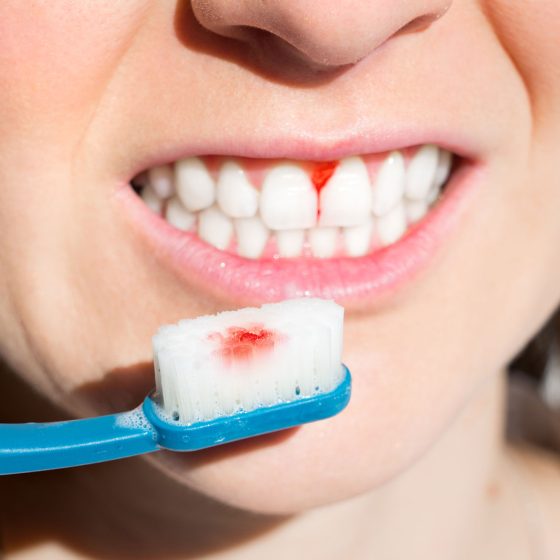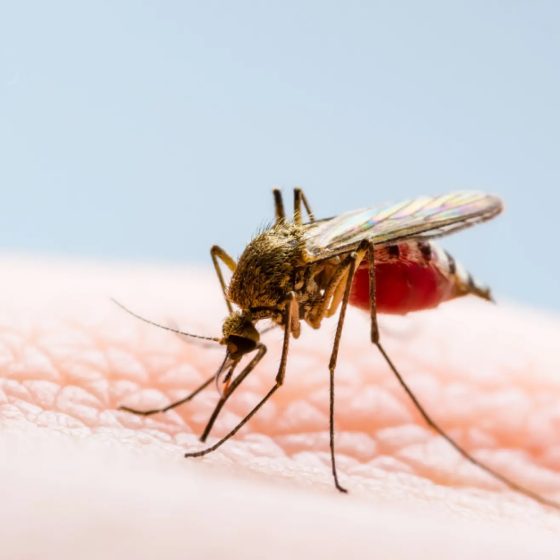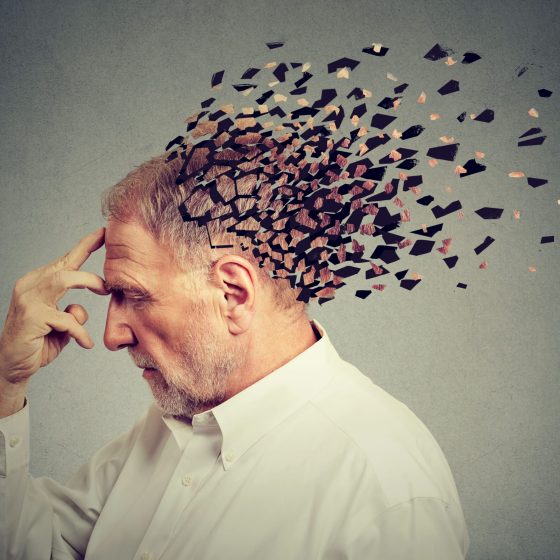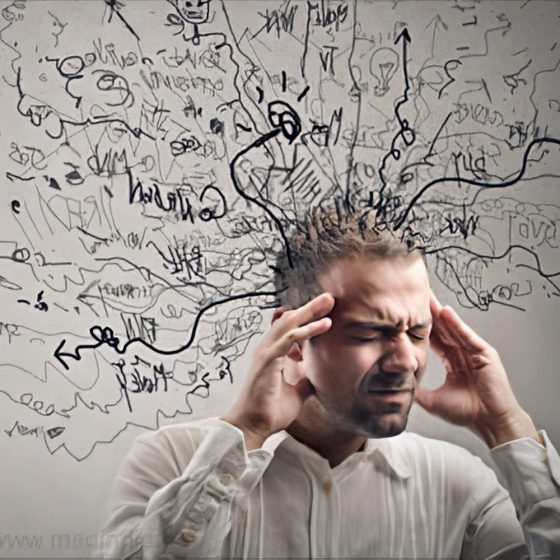Dialectical behaviour therapy
Dialectical behaviour therapy (DBT) What is dialectical behaviour therapy (DBT)? Dialectical behaviour therapy (DBT) is a type of cognitive behaviour therapy or talking therapy. It is designed for people with borderline personality disorder (BPD) or who have difficulties controlling their emotions. People with BPD have difficulty regulating their very strong emotions. This may cause troubled relationships and a disturbed sense of self. They may experience self-harm or have suicidal thoughts. DBT helps people who have trouble managing their emotions to change unhelpful ways of thinking and behaving and to accept who they are. They learn skills to build a ‘life worth living’. When is DBT

